Mongolian oak: description and cultivation
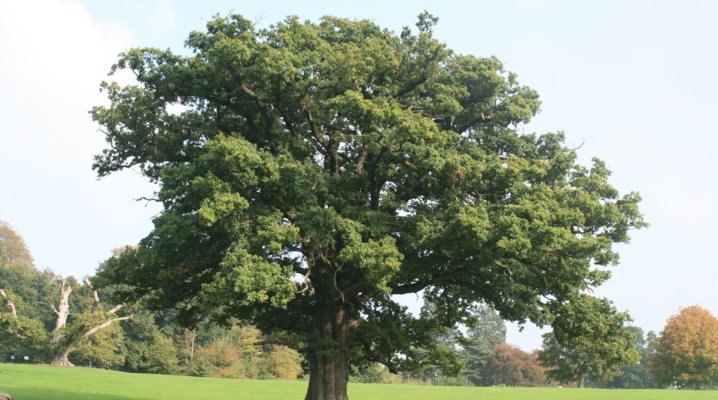
Planting trees and plants is a great way not only to equip and decorate a territory in terms of landscape design, but also an opportunity to make the world around you better from an environmental point of view. One of the most common trees is oak. Not many people know, but in nature there are several varieties of this tree. Today in our material we will talk in more detail about the Mongolian variety.
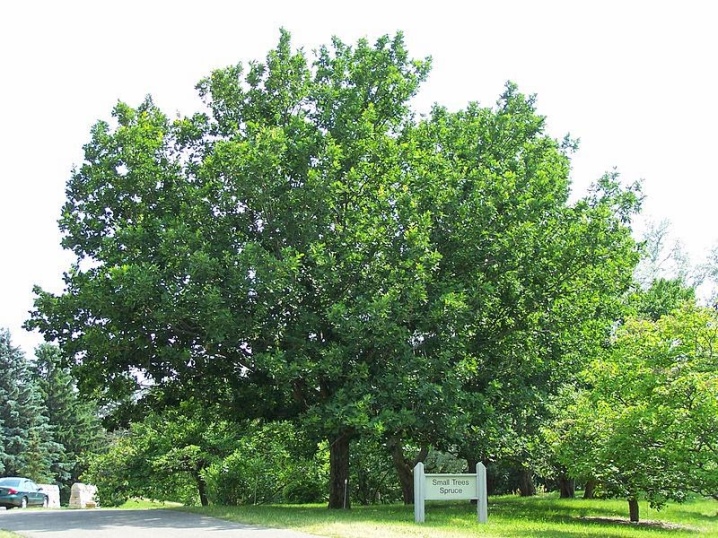
Description
Mongolian oak (or Quercus mongolica) is a typical representative of the beech tree family in terms of its characteristics and properties. The tree got its name due to the fact that the first representative of this variety was discovered and studied in Mongolia. However, to date, such a tree does not grow on the territory of this state.
If we consider in more detail the botanical characteristics of the plant, then it should be noted that it is photophilous, and cannot actively grow and develop in the shade.
The appearance of Mongolian oak is distinguished by high aesthetic appeal - its crown is painted in a dark green shade, and the oak can reach a height of 30 meters in height.
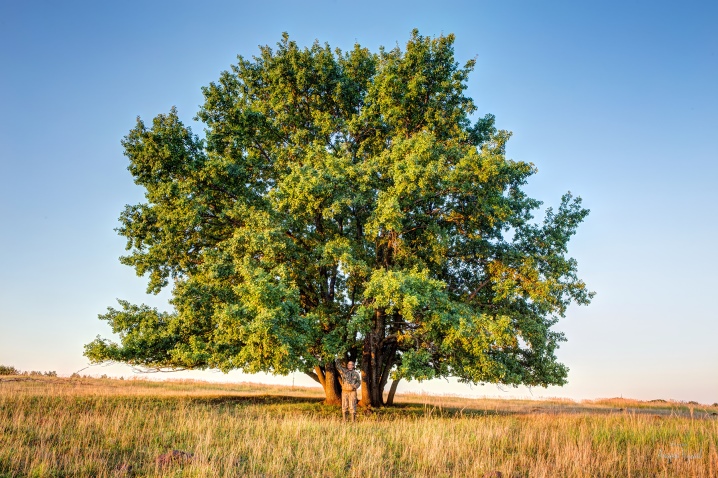
As for the shoots, they are characterized by red and brown shades. The leaves of the Mongolian tree species have an oblong shape and are classified as short-petioled. Moreover, their color is changeable. The flowers of the Mongolian oak are dioecious in their parameters.
Among other things, it is worth noting the fact that this tree grows for a very long time and is distinguished by high resistance to low air temperatures.
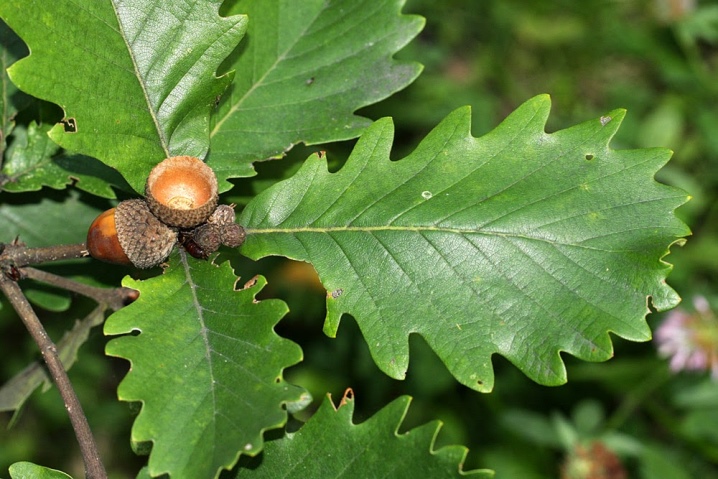
Where does it grow?
As mentioned above, the first specimen of the Mongolian variety was discovered on the territory of Mongolia. However, today this type of oak grows in a number of other countries. So, it can be found in China, Korea, Japan, as well as in the Far East (namely, Transbaikalia, Primorsky and Khabarovsk Territories, Amur Region, southern Sakhalin and the southern Kuril Islands).
If we talk about the geographical and climatic conditions that can be considered favorable for the development of the Mongolian oak, then it is worth noting the foothills, as well as river valleys and shallow rocky soils. If all the necessary conditions are met, then the Mongolian oak can form forests and thickets.
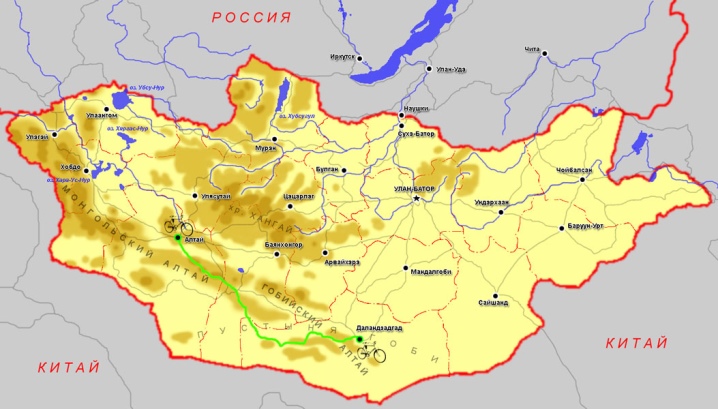
Planting and leaving
If you are thinking about planting a Mongolian oak on your private plot or within a public area, then you need to follow certain rules. Let's consider in more detail the recommendations of experts.
- The first thing to remember is that for planting it is very important to choose an acorn that is suitable in all respects. It should be strong enough and firm to the touch, and should not have any defects or damage. For an additional check, the acorn should be shaken - it should not make any sounds. Otherwise, the use of such material for planting should be immediately abandoned.
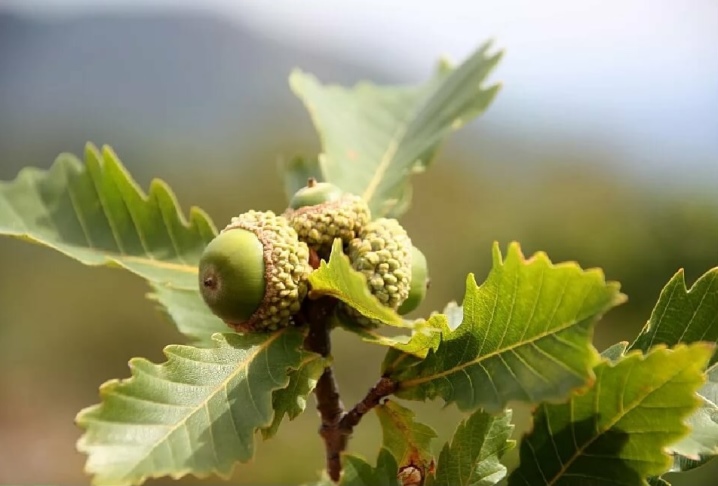
- It is recommended to carry out the direct planting procedure in the spring. In this case, it is necessary to deepen the acorn at a sufficiently large distance - about 6 centimeters into the soil.

- Be sure to make sure that the acorn is sheltered from frost, protected from possible negative influences from the outside. For these purposes, in the autumn, it is recommended to cover the acorn with a film and deadwood (it will prevent the death of the plant from precipitation, due to which the amount of unwanted moisture increases).

Helpful advice. In order to increase the viability of the acorn used for planting, it is recommended to germinate it in advance at home.
At the same time, it is worth remembering that landing is only the first step. In order for the plant to grow and develop as actively as possible, it is necessary to follow the rules of caring for it.
- First of all, you need to take care that the acorn has access to a lot of sunlight, which plays an important role in the development of the plant. In this regard, even at the planting stage, it is necessary to choose the right site for the future oak.

- In order for all parts of the plant to develop, it is necessary to ensure regular feeding and fertilization - this is especially important for the root system.
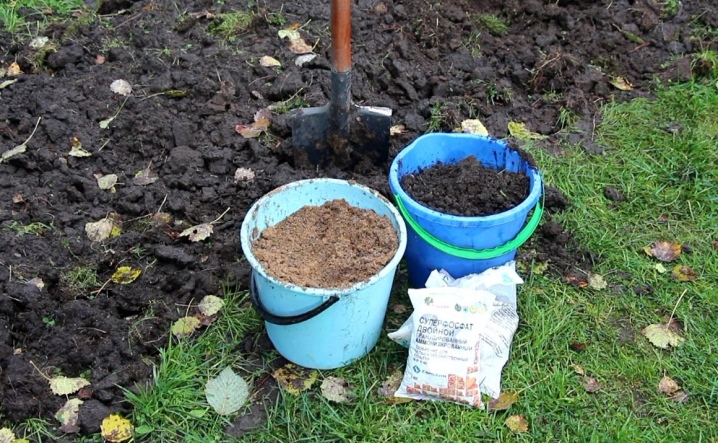
- Be sure to keep enough moisture. In this case, it is necessary to observe the measure, since not only a lack, but also an excess of moisture can lead to negative consequences. For these purposes, procedures such as watering and mulching are carried out.


- Young trees must be treated with copper sulfate - this substance will prevent the appearance of powdery mildew. With the use of copper sulfate, it is necessary to process the bark and crown of oak.
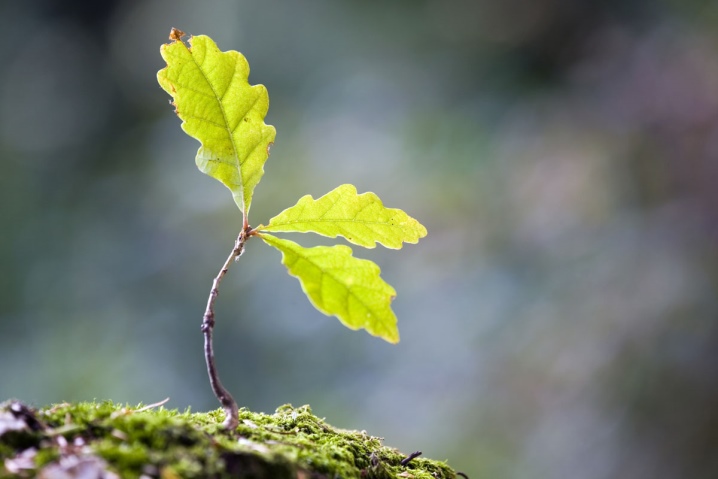
- To protect against frost and low temperatures, a specially designed agrofiber is used, and a mulching procedure is also carried out.
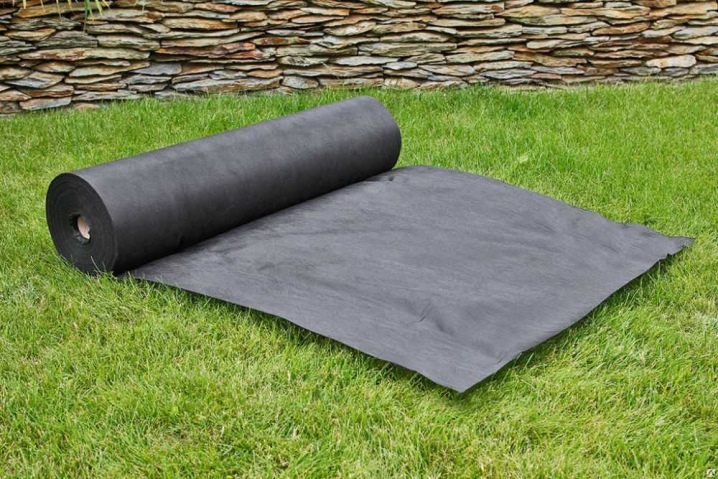
- After the plant reaches five years of age, without fail, you should start forming the crown of an oak. If you ignore this step, then the oak trunk may not support the large weight of vegetation and break under its pressure. To form the desired crown shape, the lateral extra shoots of the plant must be pinched and then cut out. It is necessary to carry out this procedure from the lower branches with a regularity of 1 time in several years.
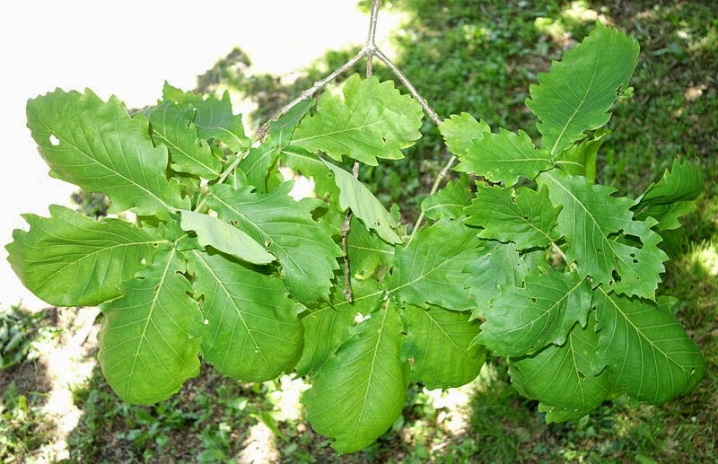
- The oak pruning procedure should be carried out in the spring season.
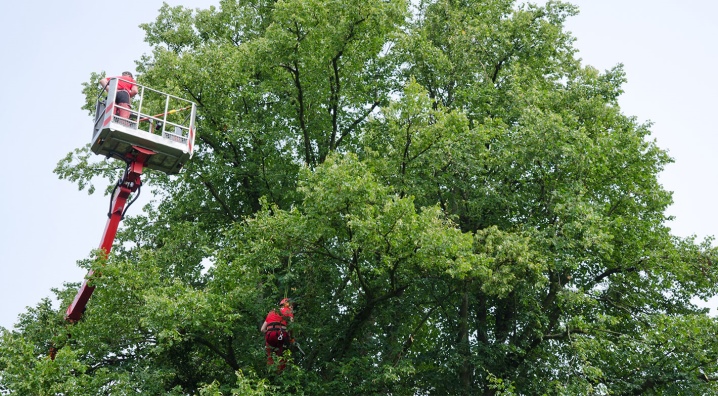
- Transplanting a plant to a permanent place can be carried out when it reaches the age of eight years. At the same time, such a transplanted plant must be looked after in the same way as a young tree.
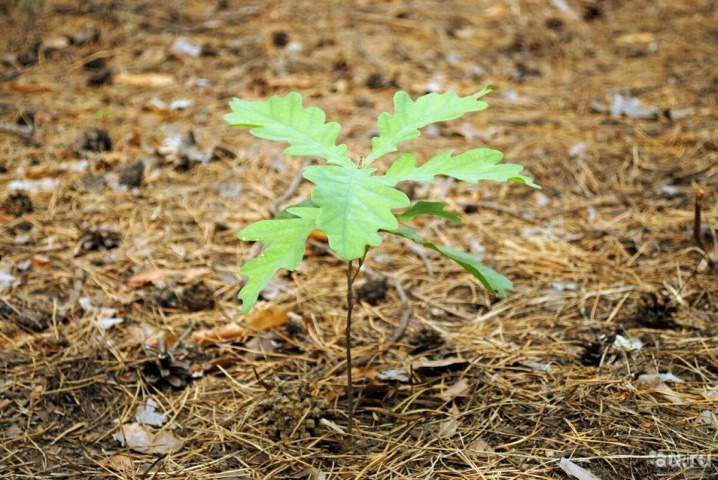
If you adhere to all the rules and principles of growing Mongolian oak described above, you can grow a beautiful and healthy plant that will delight several generations of your family with its appearance.
Reproduction
Many gardeners are wondering how the Mongolian oak reproduces. In reality, there are several common methods:
- seeds;
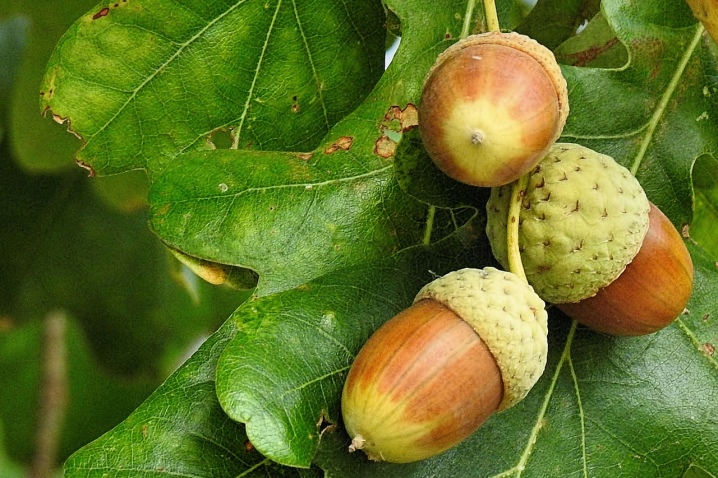
- green cuttings.
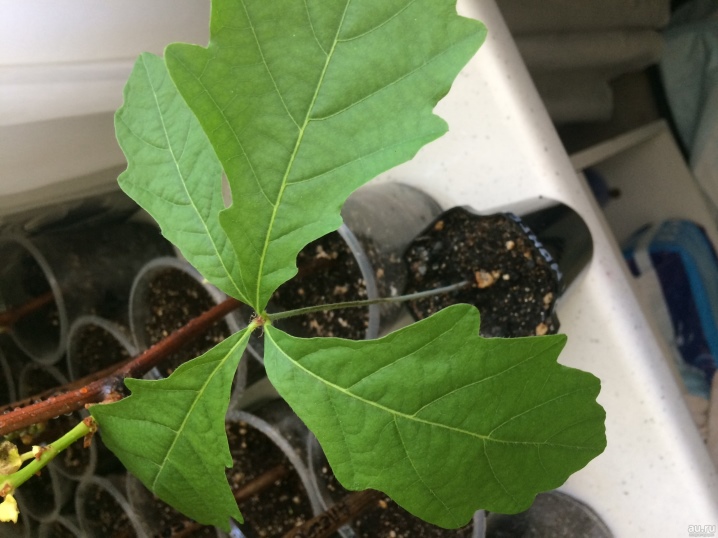
So, if we talk about seed reproduction, then here we mean planting acorns. This procedure is carried out immediately after the acorns are ripe. It should be borne in mind that during spring sowing, seeds need to be stratified at an air temperature of 0 to +5 degrees Celsius for 1-3 months.
On the other hand, if you prefer a vegetative way of reproduction, then it should be remembered that about 12% of the cuttings are rooted, while processing with "Kornevin" is mandatory.
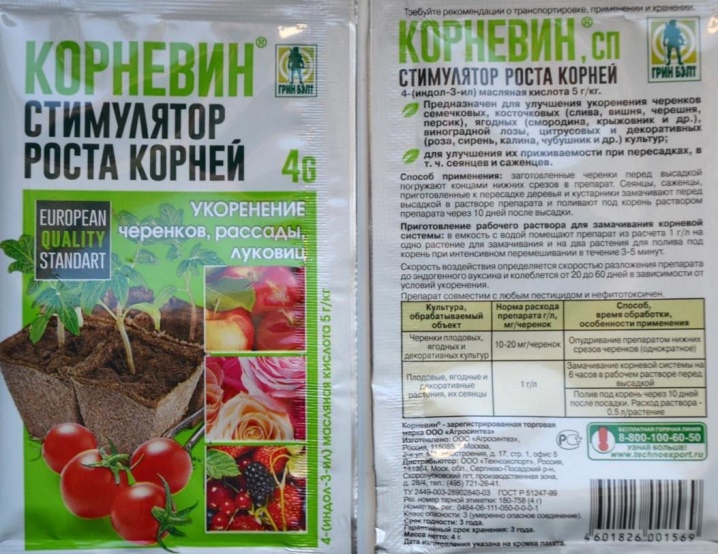
How to grow an oak from an acorn, see the video.



































































The comment was sent successfully.